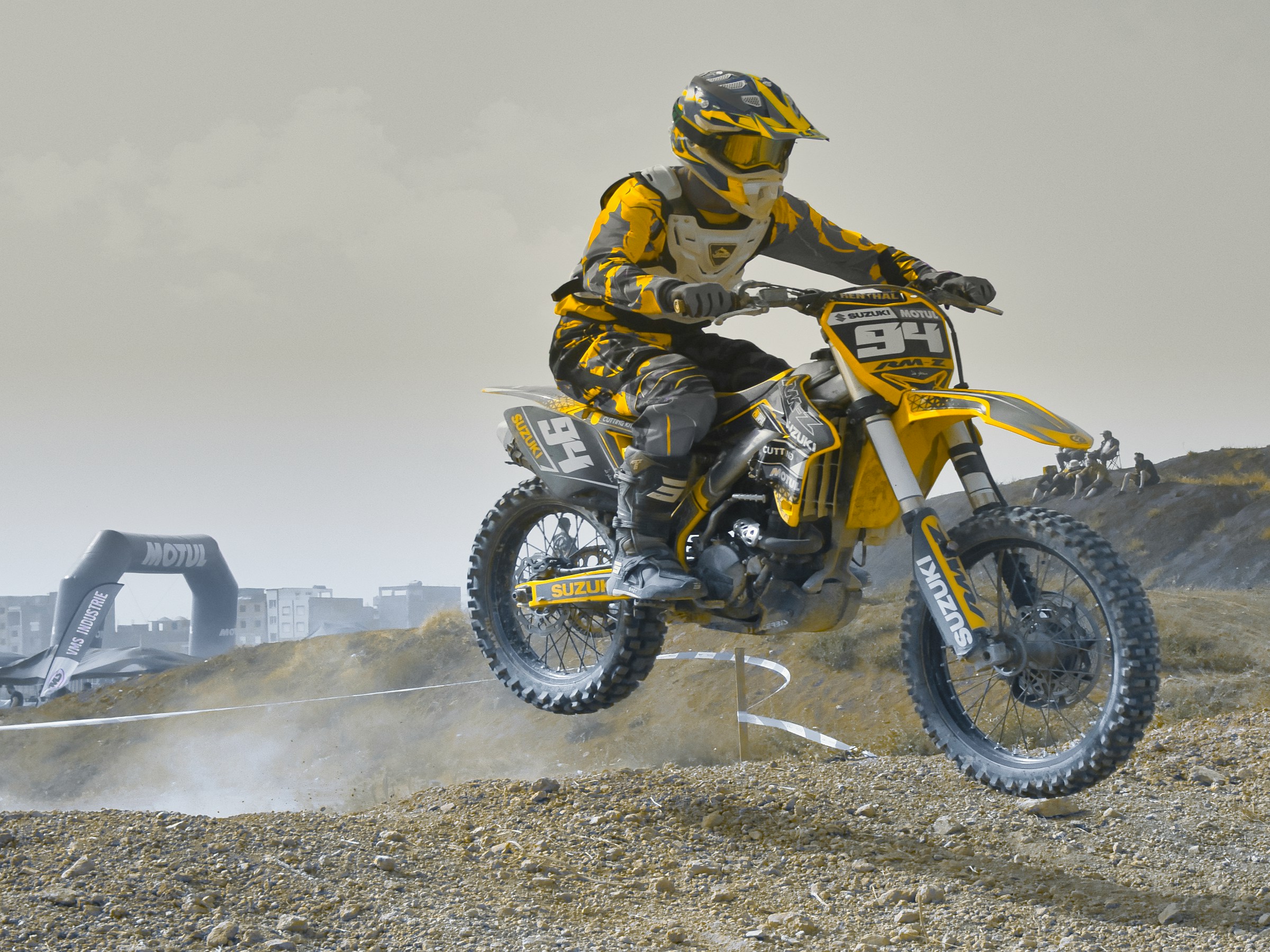For cycling enthusiasts, the joy of riding on the open UK roads can sometimes be compromised by discomfort due to the incorrect positioning of your bike’s seat. As you pile on the miles, you may often experience aches and pains that could otherwise be mitigated by a simple adjustment to your saddle. Let’s delve into this topic to help you achieve a more comfortable, efficient, and safer ride.
Understanding the Importance of Correct Saddle Positioning
Before you make any adjustments to your saddle, it’s essential to understand why it’s vital to have the right fit and position. The saddle is not just a place to rest your backside. It is one of the three contact points where your body interacts with your bike, along with the pedals and the handlebars. Its position can impact your comfort, efficiency, and overall cycling performance.
A découvrir également : What types of sport bike underbody coatings are effective against UK's winter grit?
When your saddle height and angle are not set correctly, it can result in several problems. It may lead to a sub-optimal power transfer to the pedals, resulting in decreased efficiency. It may also cause discomfort in your lower back, buttocks, and knees, which could worsen over long distances and eventually lead to injury. Therefore, getting your saddle positioning right isn’t just a matter of comfort; it’s a matter of health and performance.
Adjusting Your Saddle Height
When it comes to saddle height, a proper fit is crucial for efficient pedalling. An incorrect saddle height can cause strain to your knee joints, making your ride less enjoyable and potentially causing injury over time. Here’s a step-by-step guide to help you set the right saddle height.
A voir aussi : How to balance sport bike wheels for high-speed stability on UK’s motorways?
Firstly, sit on your bike and place your heel on the pedal at its lowest point. Your leg should be fully extended without having to shift your hips to one side. If your knee is bent, your saddle is too low. If you need to reach for the pedal, your saddle is too high.
Once you have found the right height, mark it with a piece of tape or a bike part-specific marker. This will allow you to re-adjust it should it move for any reason. Remember to adjust your saddle height gradually and give yourself time to adapt to new positions. It’s essential to listen to your body and make adjustments as necessary.
Varying the Seat Angle
The seat angle is another critical aspect of your saddle position. Just like the height, the correct angle can make a significant difference to your comfort and efficiency while cycling. A wrongly set angle can cause undue pressure on your sensitive areas, leading to numbness and pain during long rides.
The majority of cyclists start with a horizontal saddle, which is a good starting point. From there, you can make subtle adjustments forward or backward as per your comfort. A downward tilt may relieve pressure on the front, but it could make you slide forward, which could put a strain on your hands, arms, and lower back. An upward tilt could potentially cause discomfort in your lower regions but could provide a more powerful pedal stroke.
Remember, the goal isn’t to find a perfect angle but an optimal one that affords you the most comfort and efficiency during your ride. Keep in mind that what works for road bikes may not necessarily work for mountain bikes due to different riding styles and terrains.
Picking the Right Saddle
Choosing the correct saddle is just as important as having the right seat height and angle. However, selecting the right one can be a bit tricky due to the wide variety of saddles available in the market. While some saddles are designed for a more aggressive, forward-leaning position, others are meant for a more relaxed, upright stance.
When choosing a bike saddle, consider your riding style and the type of bike you have. Additionally, remember that everyone’s anatomy is different, so a saddle that works for someone else may not necessarily work for you. It’s always best to do a test ride with different saddles before making a decision.
Remembering the Fundamentals of Bike Fit
While the focus of this article is on the saddle, it’s important to remember that achieving the perfect bike fit is about more than just your saddle. It’s about the relationship between all components of your bike, including the handlebars and pedals. In a correct bike fit, all these components will work together to provide the most comfortable and efficient ride.
When adjusting your bike fit, consider your flexibility, riding style, bike type, and cycling goals. For example, a professional road cyclist will likely have a different bike fit than a casual weekend rider due to their different cycling demands and physical conditions.
Get to know your bike and understand how each adjustment affects your ride. Don’t be afraid to experiment and make adjustments as necessary. After all, it’s your ride, and you want it to be as comfortable and efficient as possible.
Bear in mind that finding the perfect bike fit might take a bit of trial and error. It’s a process that takes time, patience, and sometimes the assistance of a professional bike fitter. However, the reward will be a more enjoyable and pain-free ride, whether you’re cycling on the open UK roads or hitting the local trails.
Correcting Bad Habits in Saddle Positioning
The road to perfecting your saddle positioning often entails breaking a few bad habits. Your saddle is a crucial component of your bike, and a slight miscalculation in its height or angle can lead to a myriad of problems. Inefficiency, discomfort, and potential injury can all be traced back to incorrect saddle positioning.
When it comes to saddle height, a common mistake is setting it too high, which can lead to overextension of your knees and straining of your hamstring muscles during the pedal stroke. Conversely, a saddle that is too low can cause excessive bending of your knees, leading to joint pain and inefficient power transfer.
Similarly, the saddle angle is often overlooked or improperly adjusted. A saddle that tilts too far forward can lead to undue stress on your hands, arms, and lower back as you may find yourself constantly sliding forward on your seat. Conversely, a saddle that tilts too far backward can cause discomfort in your lower regions and affect your riding position.
Forgetting to mark your saddle position is another common mistake. Once you’ve found the correct saddle height and angle, make sure to mark it with a bike part-specific marker. This way, if your saddle moves for any reason, you can easily return it to its original position. Remember, correcting these habits is not only about comfort but also about enhancing your cycling performance and preventing potential injuries.
Conclusion
Achieving the perfect bike fit is a process that requires patience, time, and a good understanding of how the various components of your bike interact. From the saddle height to the seat angle, every adjustment plays a crucial role in ensuring optimal comfort, efficiency, and performance during your long UK rides.
The importance of the correct saddle cannot be overstated – it’s not only a place to sit but also a critical point of contact between your body and your bike. It can significantly impact your riding experience, and thus, deserves careful consideration and adjustment.
Remember, there is no ‘one-size-fits-all’ solution, and what works for one cyclist may not necessarily work for another. Therefore, it’s crucial to listen to your body and make adjustments as needed. Don’t hesitate to experiment with various settings or seek the help of a professional bike fitter if necessary.
Finally, while the focus of this article has been on adjusting your bike’s seat height and angle, it’s important to note that other components of your bike, including the handlebars and pedals, also play a significant role in achieving a perfect bike fit. Therefore, make sure to consider all these elements when adjusting your ride.
Whether you’re a professional road bike cyclist or a weekend rider, the goal is the same: to enjoy a comfortable and efficient ride. Once you get your saddle height, seat angle, and bike fit right, you’ll be well on your way to achieving this goal. So, get out there on those open UK roads or local trails, and enjoy the ride!






